The Harder They Come, Jamaica’s first (and still finest) home-grown film, was released in 1972 with the local singer Jimmy Cliff as the country boy Ivan Martin, who becomes a Robin Hood-like criminal outlaw amid the ganja-yards and urban alleys of the Jamaican capital of Kingston. The film’s director Perry Henzell, a ganja-smoking white Jamaican who had been sent to board at Sherborne school, was influenced by the gritty ‘newsreel’ school of Italian neo-realism (Bicycle Thieves, Obsession), which aimed for a documentary immediacy off the street. The soundtrack, assembled by Henzell in under a week, effectively introduced reggae to white British audiences.
Without the soundtrack album, it is fair to say, reggae would not have taken hold in Britain in the way it did. Fashionable dinner parties in early 1970s Britain often enjoyed a musical accompaniment of the Maytals’ gospel-hot ‘Pressure Drop’ or Desmond Dekker’s ‘007 (Shanty Town)’. Earlier, in the 1960s, scooter-riding Mods had adopted Jamaican ska as a supplement to their diet of imported American soul, but reggae was a ganja-heavy newcomer, whose strangely hymnal, incantatory quality insinuated itself happily into the middle-class hippie culture which Mods (and indeed skinheads) professed to despise.
Prior to Henzell’s film, reggae had been given only minimal airplay on BBC radio, and the British press was hardly enthusiastic. It was ‘black music being prostituted’, Melody Maker reported Deep Purple and the Edgar Broughton Band as saying. In 1985, going one better, Morrissey of the Smiths announced: ‘Reggae is vile.’ (Bizarrely, in October 2007, British Conservatives adopted Jimmy Cliff’s rousing ‘The Harder They Come’ as a Tory anthem, the party of law and order thus endorsing, if unwittingly, the crime habits of a Kingston rude bwoy.)
The Harder They Come, a favourite, oddly, with George Melly, was part-financed by the Island Records founder-boss Chris Blackwell, who saw in Jimmy Cliff’s rebel film image a means to promote his latest signing, Bob Marley. In many ways the groundwork for Marley’s eventual success was laid by Henzell. The first Bob Marley and the Wailers album, produced by Blackwell, Catch a Fire (1973), was a Jamaican-American hybrid, whose hard-driving Kingston rhythms had been overlaid in a London studio with rock guitar solos. It was Blackwell’s, not Marley’s, idea to aim the music at a ‘rebel’ white college audience. Unsurprisingly, Catch a Fire was ignored by Britain’s black reggae crowd (to whom the Harrow-educated Chris Blackwell was ‘Chris Whiteworst’).
To date, more than 500 books have been published on the ‘Reggae King’ Bob Marley, who died of cancer in 1981, aged 36. For many non-Jamaicans, Marley is reggae: he remains an international celebrity, honoured with a waxwork at Madame Tussaud’s and, as Roger Steffens reminds us, listed in Forbes magazine at Number 5 among the ‘highest-earning dead celebrities’ for 2014.
Steffens, a US-based music critic and longtime Marley fan, has spent years interviewing friends, associates and admirers of the Jamaican superstar. So Much Things to Say, an ‘oral’ account of Marley’s life and times, amounts to an absorbing alternative biography. Among the author’s many interviewees are Blackwell (whose mother Blanche Blackwell, incidentally, died last month at the age of 104), Carlton ‘Carly’ Barrett, Junior Braithwaite and Peter Tosh of the Wailers (all three of whom would eventually be murdered by Kingston gunmen), as well as the reggae singer-songwriters Bob Andy and Joe Higgs.
According to Higgs, the word reggae, originally spelled ‘reggay’, first appeared in 1968 with a Leslie Kong-produced hit called ‘Do the Reggay’ by Toots & the Maytals. It was a black music imaginatively rooted in the soul of ancestral slave Africa. Marley himself was not, however, black. With a Caucasian father (Captain Norval Marley of the British West Indian Regiment), he found it easier to deal with the world at large — that is, with white people. Although Marley was brought up in Kingston’s impoverished Trench Town ghetto, his mixed race complexion and handsome aquiline features lent him an acceptable ‘uptown’ look.
In his brief introduction, the British-Jamaican poet Linton Kwesi Johnson speaks admiringly of Marley’s ‘iconic status’ and (in another cliché) his ‘consummate professionalism’. Through all the ‘trials and tribulations’ (another cliché) of his fame the Trench Town rocker continued to embrace universal love, smoke ganja (he was ‘no joker-smoker’, says a friend), and eat nut cutlets. Unfortunately, Marley’s proto-hippy ‘One Love’ vibe died a death in Jamaica long ago: there is too much violence for kindly, dreadlocked Rastafari idealists who grow cannabis plants and hope to save the planet by smoking them. So Much Things to Say (the title is taken from a song on Marley’s Exodus album) offers lots of new information on the Jesus-like cult of Holy Bob.
Got something to add? Join the discussion and comment below.
Get 10 issues for just $10
Subscribe to The Spectator Australia today for the next 10 magazine issues, plus full online access, for just $10.
You might disagree with half of it, but you’ll enjoy reading all of it. Try your first month for free, then just $2 a week for the remainder of your first year.

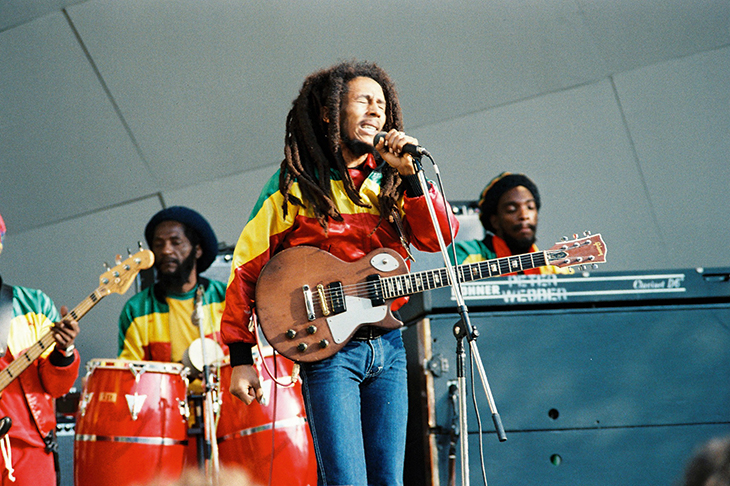

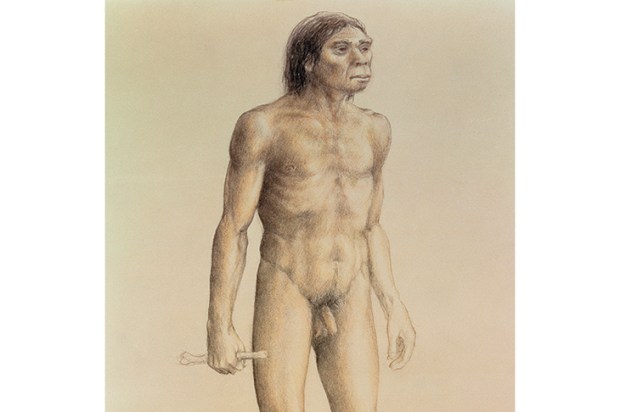
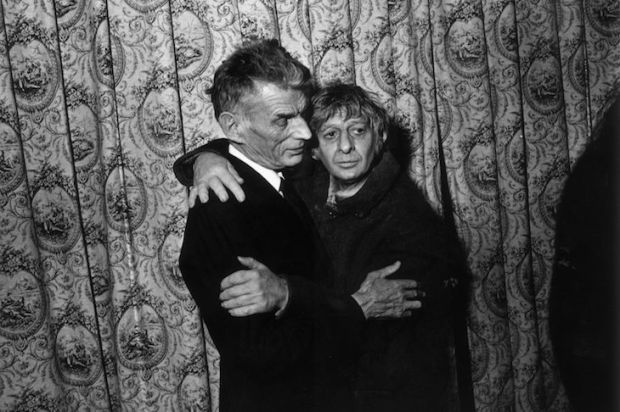
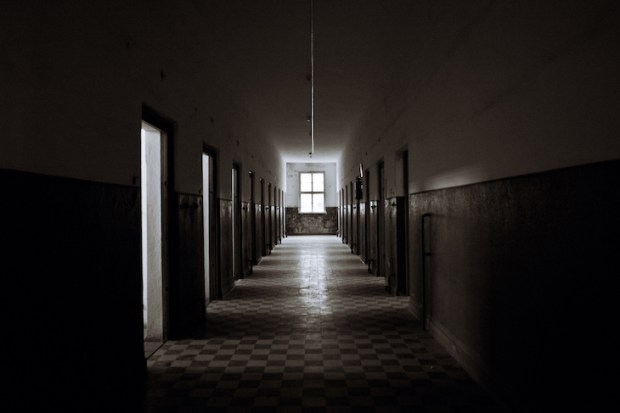
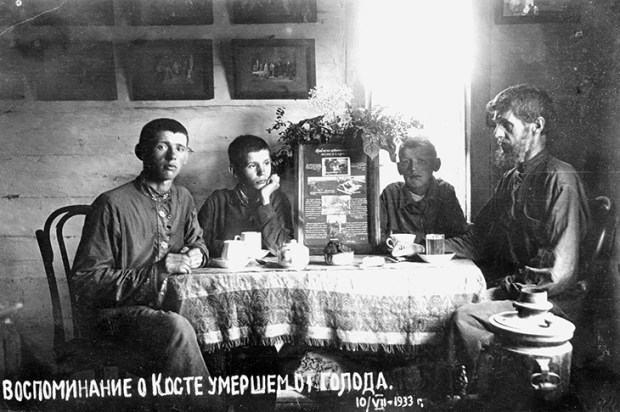
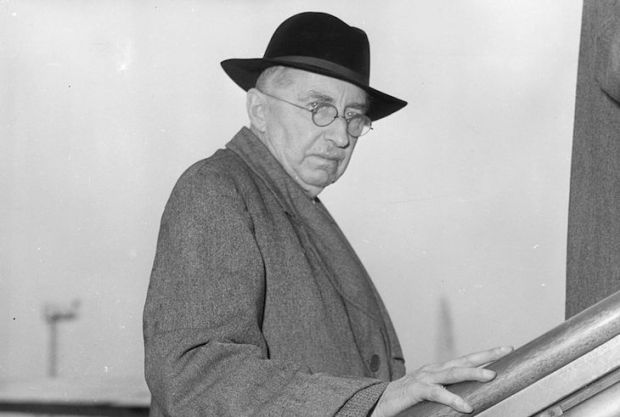






Comments
Don't miss out
Join the conversation with other Spectator Australia readers. Subscribe to leave a comment.
SUBSCRIBEAlready a subscriber? Log in